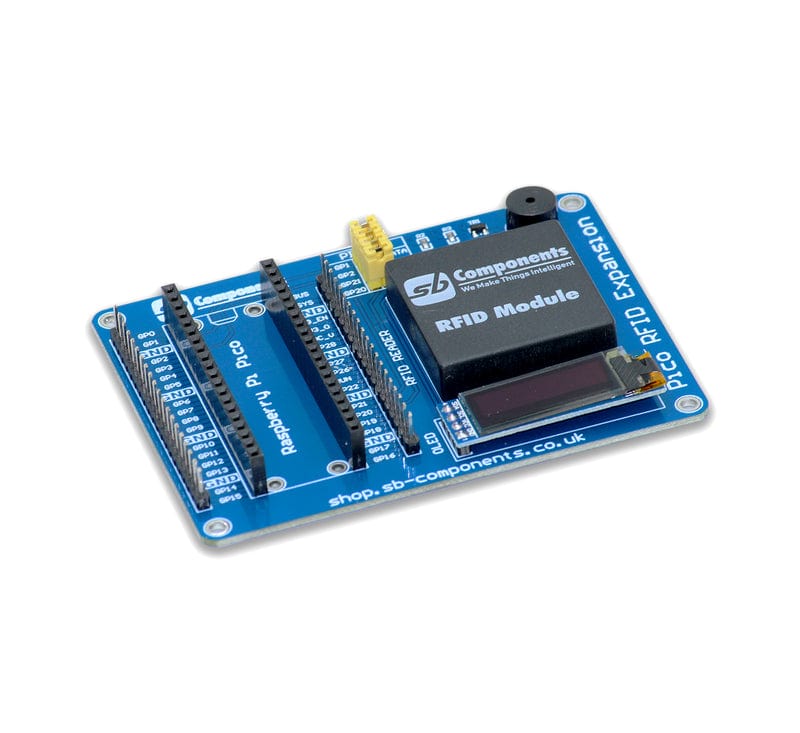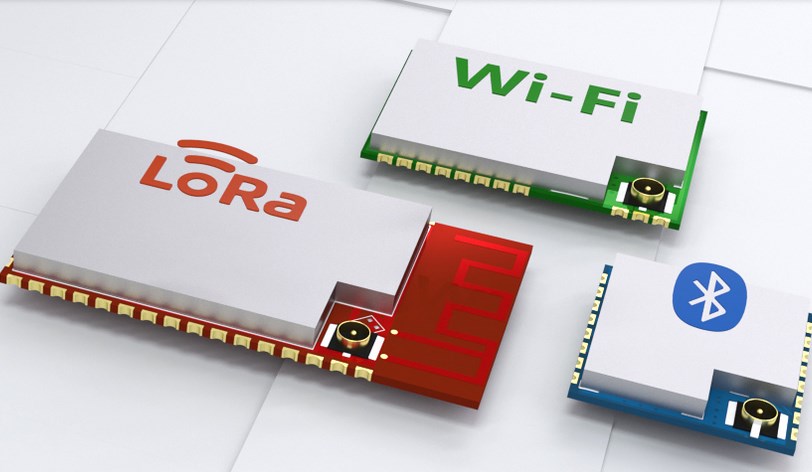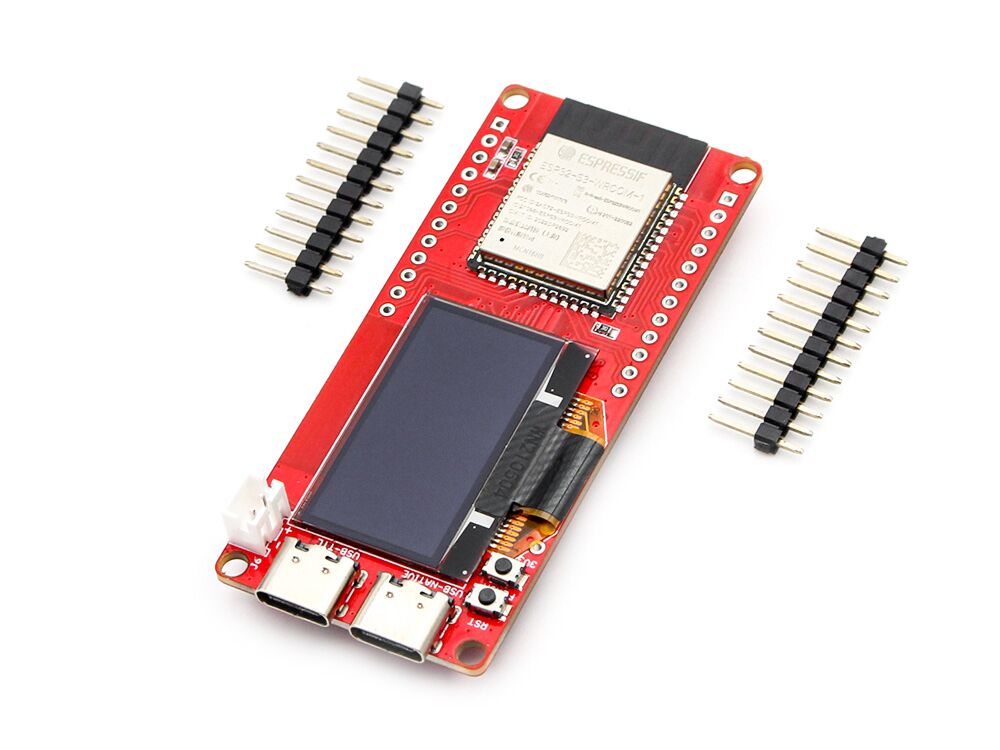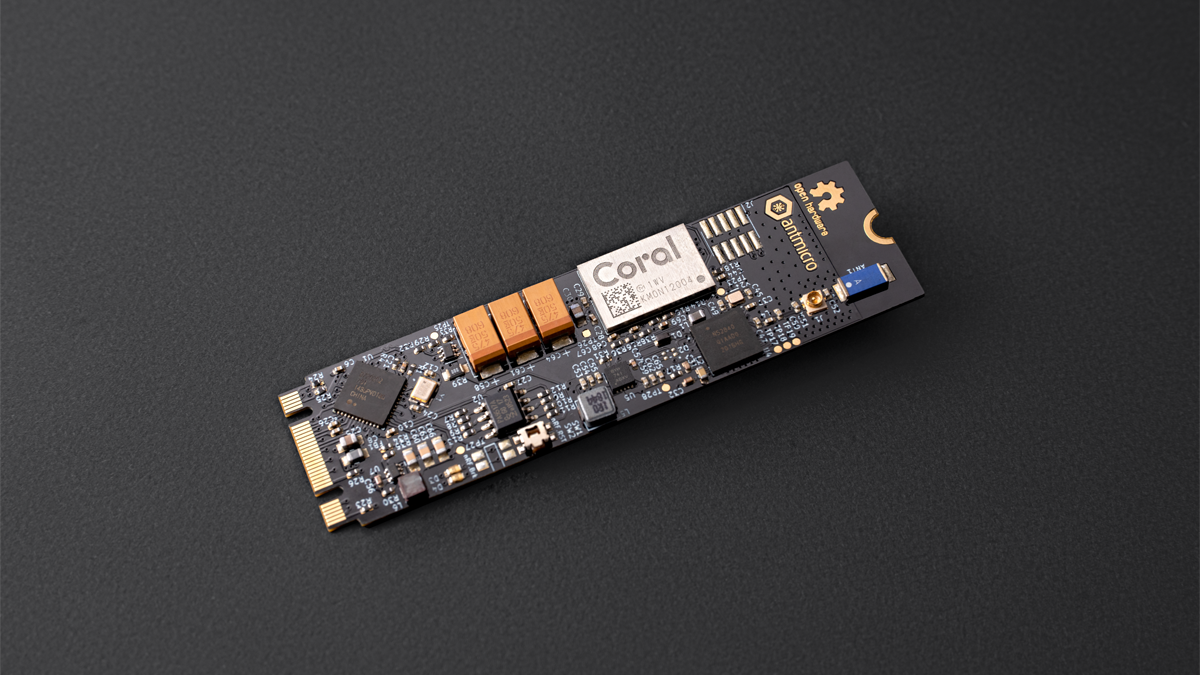BLE Audio and Direction Finding in Bluetooth Modules for Smart Devices
Bluetooth has become the backbone of modern smart devices. With the release of Bluetooth 5.2 and 5.3, new features such as BLE Audio and direction finding are reshaping how Bluetooth Modules are applied in wearables, consumer electronics, and IoT products. Engineers and product managers now evaluate these functions not as futuristic options but as essential components in competitive devices.
BLE Audio Explained
BLE Audio replaces the classic Bluetooth audio architecture with a low-energy, high-quality framework. It uses the LC3 codec, which delivers better sound at half the bit rate compared to SBC. This means manufacturers can reduce power consumption without sacrificing clarity. According to the Bluetooth SIG, LC3 can provide the same perceived audio quality as SBC at 160 kbps, whereas SBC requires 345 kbps. For Bluetooth Modules integrated into earbuds, hearing aids, or smart speakers, this efficiency is critical.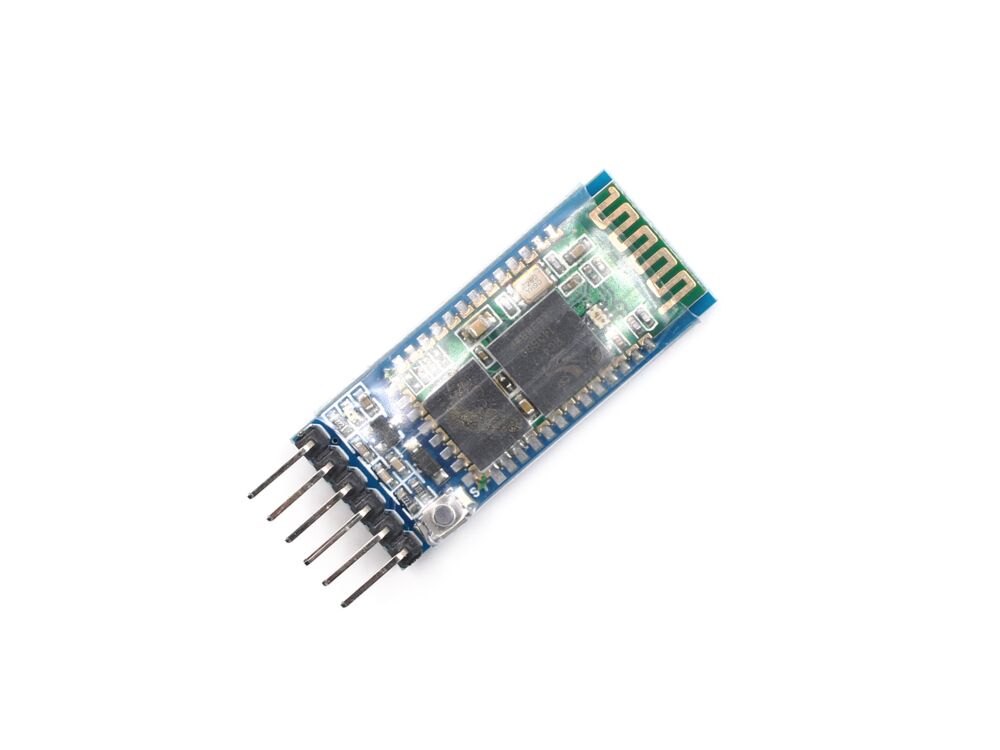
Multi-Stream and Broadcast Capabilities
Another advantage of BLE Audio is its support for multi-stream audio and broadcast audio. Multi-stream technology enables synchronised audio across both ears in true wireless earbuds, improving the user experience and reducing latency. Broadcast audio, on the other hand, allows a single device to share audio with an unlimited number of receivers. Qualcomm has already introduced Bluetooth Modules supporting Auracast broadcast audio, which creates shared listening experiences in public places. These functions transform how audio products are designed.
Direction Finding Technology
Direction finding adds another layer of functionality to Bluetooth Modules. With Bluetooth 5.1, devices gained the ability to determine the angle of arrival (AoA) and angle of departure (AoD) using antenna arrays. Nordic Semiconductor demonstrates this with its nRF52833 SoC, which supports direction finding with sub-meter accuracy. This capability enables indoor positioning, asset tracking, and proximity services. For industrial IoT and innovative retail, such precision unlocks new applications.![]()
Impact on Smart Devices
Smartphones, wearables, and hearing aids are among the early adopters of BLE Audio and direction-finding technology. Apple’s AirPods Pro 2 and iPhone 15 series already use Bluetooth 5.3 with LE Audio features. In healthcare, hearing aids are integrating BLE Audio to provide lower power consumption and universal interoperability. Meanwhile, smartwatches and fitness trackers utilise direction-finding technology to enhance location-based services indoors. These use cases show how Bluetooth Modules are evolving into strategic components.
Design Considerations for Engineers
When integrating BLE Audio and direction finding into smart devices, engineers must consider antenna design, processing capabilities, and firmware optimisation. Poor antenna placement can reduce AoA accuracy, while limited DSP resources may hinder LC3 decoding efficiency. Developers often turn to module vendors like Silicon Labs and Nordic, which provide pre-certified Bluetooth Modules with optimised RF designs and software stacks. Selecting the right module can significantly reduce development time and enhance compliance with global standards.
Market Outlook
The demand for BLE Audio-enabled devices is skyrocketing. According to ABI Research, shipments of LE Audio devices are expected to exceed 600 million units per year by 2027. This includes not only consumer electronics but also assistive listening systems, public announcement solutions, and industrial IoT. Manufacturers of Bluetooth modules that align with these trends will be well-positioned in the supply chain.
Bluetooth Modules in the Future
BLE Audio and direction finding are no longer optional. They are shaping the next generation of smart devices by reducing energy use, enabling shared audio experiences, and supporting precise positioning. Engineers who adopt a Bluetooth Module with these features can shorten time-to-market and deliver products that stand out in competitive markets. The combination of efficiency and functionality makes Bluetooth Modules central to innovation in 2025 and beyond.


